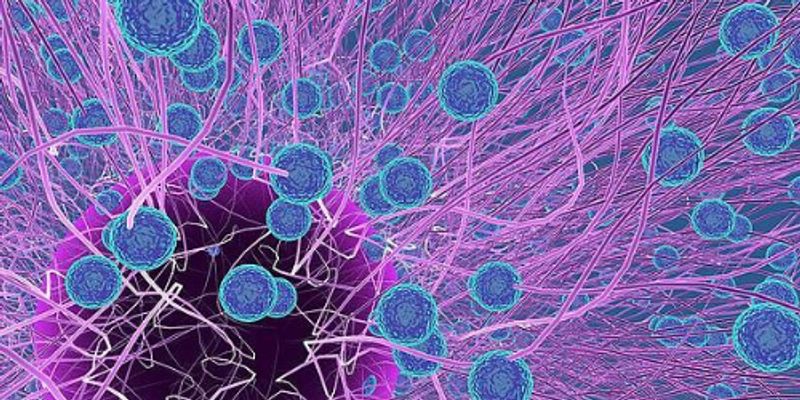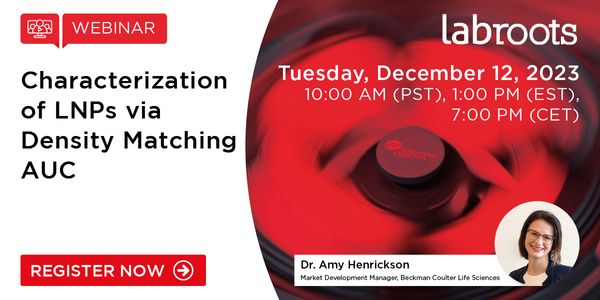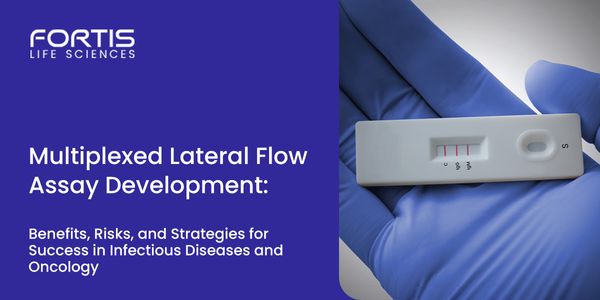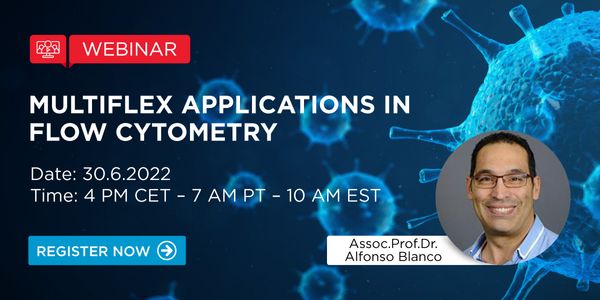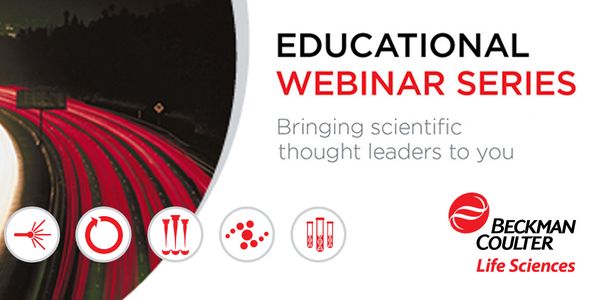Nanoparticle
Nanoparticles are the building blocks of the new emerging field of nanotechnology that in broadest terms signifies the understanding and controlling of properties of matter at dimensions of roughly 1-100nm. Nanoparticles, as their unique nanosize, share the unique pharmacokinetic characteristics compared with the traditional small-molecule drugs.
-
OCT 21, 2025 | 9:00 AMPlasma proteomics offers great promise for biomarker discovery, due to the accessibility and diagnostic relevance of blood plasma. Recent advances in instrumentation, particularly the Orbitr...OCT 02, 2025 | 8:00 AMCAR-T Therapy continues to evolve rapidly, mRNA encoding CAR constructs directly to T cells in the bloodstream, potentially enabling CAR T cell production in the body without the need to iso...SEP 17, 2025 | 8:00 AMSeer’s novel approach to mass spectrometry-based proteomics can reveal layers of biological information invisible to other methods, offering the potential for transformative insights....MAY 28, 2025 | 7:00 AMIn recent years extracellular vesicles (EVs) have become one of the most studied entities due to their ability to regulate gene expression and alter the function of various cell types. There...Nanoparticle mRNA Therapeutics has been the focus of intense research driven by the safety profile and several clinical breakthroughs. As of March 2024, there are two mRNA vaccines approved...
DEC 12, 2023 | 10:00 AM
Determining the purity of LNPs loaded with nucleic acids can be challenging due to their size heterogeneity. Here, we present analytical ultracentrifugation (AUC) methods that use multiwavel...
DEC 07, 2023 | 10:00 AM
C.E. CREDITS
Lateral flow assay applications have become increasingly diverse in a post-pandemic world, and the areas of infectious disease and oncology continue to be at the forefront. In both areas, th...
NOV 08, 2023 | 8:00 AM
AAVs and LNPs are complementary gene transfer systems with respect to immunogenicity, tissue tropism and types of nucleic acids, which can be delivered. AUC provides a wealth of orthogonal a...
JAN 25, 2023 | 10:00 AM
Date: January 25, 2023 Time: 10:00am (PST), 1:00pm (EST), 7:00pm (CET) The field of proteomics is poised for a single-molecule revolution – enabling more comprehensive analysis of the...
NOV 08, 2022 | 9:00 AM
Date: October 27, 2022 Time: 9:00am (PST), 12:00pm (EST), 6:00pm (CET) The Problem Buffer exchange is a critical step to developing optimal vectors and payloads. Compared to biologics, deve...
JUN 30, 2022 | 7:00 AM
Date: June 30, 2022 Time: 7:00am (PST), 10:00am (EST), 4:00pm (CEST) Flow Cytometry is a widely used technology that enables researchers to rapidly characterize thousands of individual cells...
JUN 16, 2022 | 7:00 AM
Date: June 16, 2022 Time: 7:00am (PDT), 10:00am (EDT), 4:00pm (CEST) Lipid-based nanoparticles (LNPs) are effective non-viral vectors for delivering messenger RNA products (mRNA), most notab...
The need for next-generation, broadly protective coronavirus vaccines is underscored by the accelerated pace at which human coronaviruses have been emerging, the evolution of the current pan...
10:00am CEST
Date: November 17, 2021 Time: 1:00am (PST), 9 am BST, 10 am CEST The growing list of nanoparticle payloads and carrier systems includes proteins, lipids, polymers, small molecules, and more,...
OCT 20, 2021 | 8:00 AM
Date: October 20, 2021 Time: 8:00am (PDT), 11:00am (EDT) From transistors to LEDs, as device length scales trend downward, poor thermal dissipation increasingly leads to nanoscale hotspots t...
Cas9 based therapeutics have the potential to revolutionize the treatment of genetic diseases. However, safe and effective methods for delivering Cas9 protein, gRNA and donor DNA need to be...
Learning Objectives: 1. Explore the neuroinvasive potential of SARS-CoV-2 2. Learn about possible consequences of neuroinvasion of SARS-CoV-2 3. Identify neuroimmune responses against SARS-C...
APR 27, 2021 | 7:00 AM
Date: April 27, 2021 Time: 7:00am (PDT), 11:00am (EDT) Visualization is an important step to address complex biological questions in vivo. The imaging process can widen the perspective of an...
FEB 11, 2021 | 8:00 AM
Date: February 11, 2021 Time: 8:00am (PST), 11:00am (EST) Getting answers on what’s in your precious AAV, LVV, or lipid nanoparticle (LNP) sample means wanting to use the lowest possib...
Ice formation is a global issue that poses serious challenges for many applications. Certain species in colder regions of the world have adapted to that climate by producing antifreeze (glyc...
Speaker:
John G. Tsavalas, PhD
OCT 15, 2020 | 8:00 AM
DATE: October 15, 2020 TIME: 8am PDT, 11am EDT Density gradient centrifugation is an effective method for the isolation and purification of small particles. Hollow rotors capable of hosting...
Speaker:
Dr. Alexander Wittemann
, Dr. Simone Plueisch
Sponsored By: Beckman Coulter Life Sciences
Cas9 based therapeutics have the potential to revolutionize the treatment of genetic diseases. However, safe and effective methods for delivering Cas9 protein, gRNA and donor DNA need to be...
SEP 29, 2020 | 7:00 AM
Date: September 29, 2020 Time: 10:00am PTD, 1:00pm EDT alytical Ultracentrifugation (AUC) in the biopharmaceutical industry has traditionally been employed in the analysis of aggregation and...
Chronic kidney disease (CKD) is a major public health threat, affecting 11-15% of the U.S. population alone. Currently, there are no effective therapies to cure CKD. Drug therapies are not p...
